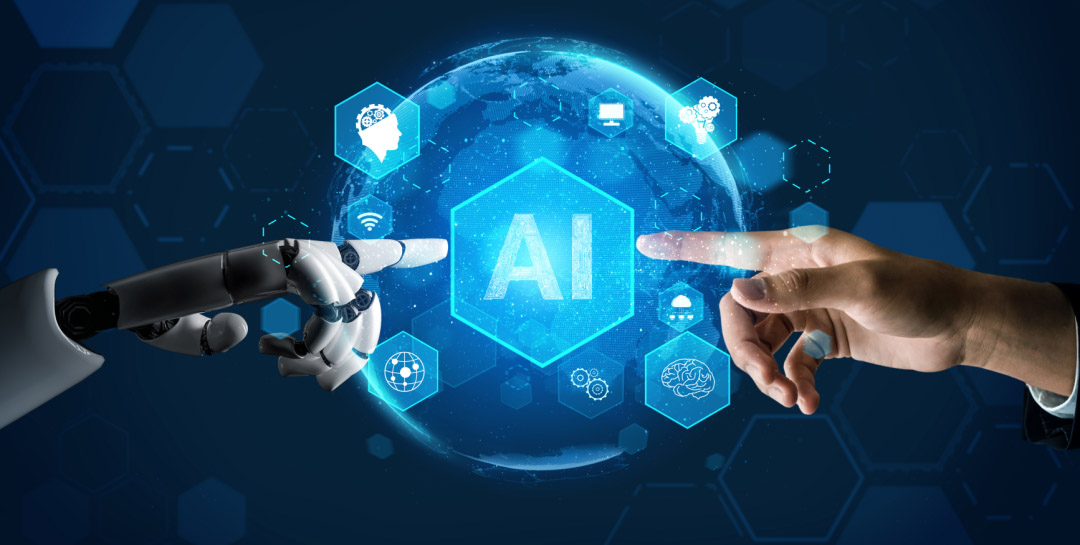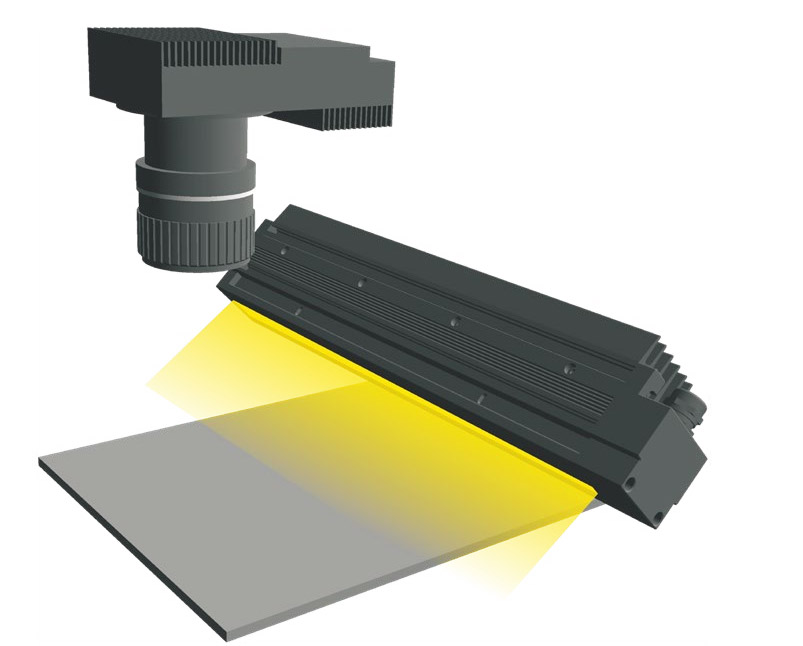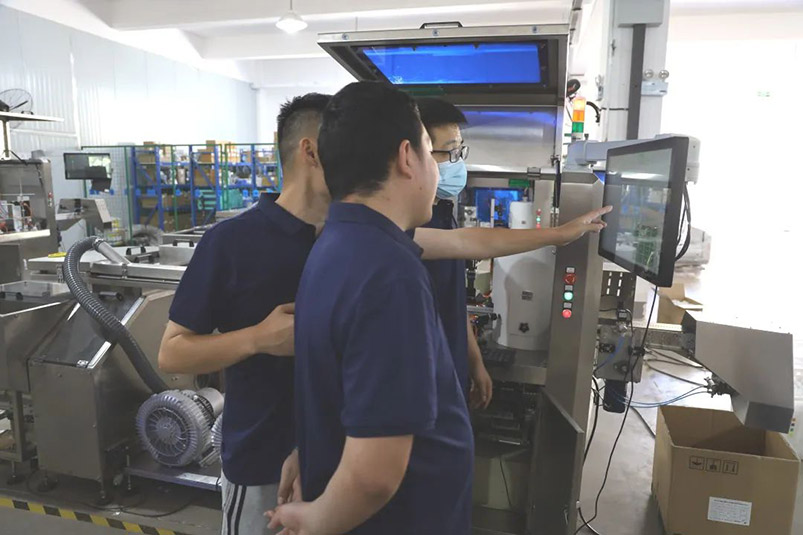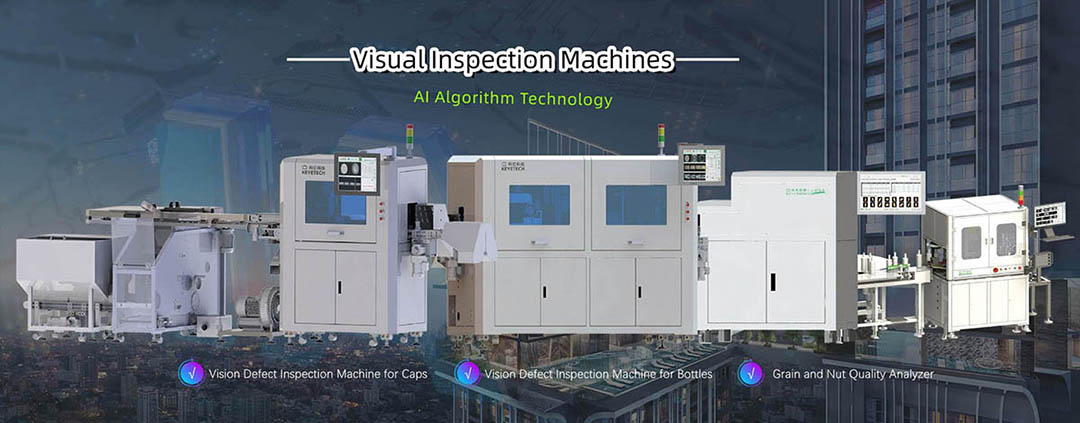Search
Deploying visual inspection systems has become the first choice for manufacturing enterprises to transform quality inspection and improve product quality. However, enterprises that are not familiar with visual inspection equipment often have certain misunderstandings about the value of visual inspection equipment when choosing. Today, we will summarize several types of problems that enterprises face how to choose visual inspection machines and systems.

Question: If one machine can inspect all products?
No, it's not possible. If a company wants to purchase a set of AI visual inspection equipment to test all its products, it is not feasible at this stage.
Although AI visual inspection equipment is compatible, it has a range of requirements for product specifications. Currently, many manufacturing companies have a wide range of products, and products with different materials, shapes, and sizes require different light sources, cameras, and algorithms.

Keye AI image visual detection has a certain degree of compatibility, but the two products differ greatly and it is also difficult to achieve complete compatibility. The visual inspection equipment for bottle caps is compatible with two products with a height difference of no more than one-third and a width difference of no more than half, and there are no irregular caps. Whether the height or width difference is too large, using the same equipment for inspection will affect the final factory quality. Customized solutions based on product characteristics are necessary to ensure the factory quality of the product.
Question: Will setting excessively high testing standards lead to a low yield rate?
Yes.
Some manufacturing companies, when purchasing vision inspection systems, do not establish inspection requirements based on the actual situation and acceptance standards of the enterprise, but instead use theoretical standards to develop inspection standards. Finally, when debugging and running, it was found that the yield rate was too low, and the visual inspection system was not accurate enough. In fact, this kind of problem belongs to the use of useless ultra-high standards. Enterprises should develop testing standards based on actual situations, increase testing items appropriately to improve testing standards, improve product quality, and maintain market competitiveness.
Question: Is the value of visual inspection systems only reflected in reducing labor costs?
No, it's not. A set of AI visual inspection equipment not only saves labor costs, but also reduces the operating costs of enterprises. To improve efficiency, enterprises often choose automated equipment to replace manual labor, which not only improves production capacity and quality, but also reduces operating costs. Keye's AI image visual inspection equipment on a single production line can help enterprises save 3-5 inspection personnel and ensure uniform product quality standards, enhancing customer recognition of the enterprise. In terms of operating costs, Keye's AI image visual detection has played a more significant role. For example, visual inspection of bottles can directly sell qualified products after inspection, and defective products that have been removed can be further processed or reused. The product value can be diversified and maximized.

Question: Can a visual system be used for high production?
Suggested to use, but it depends on the business situation of the enterprise.
A large output is indeed more suitable for choosing a visual inspection system. From the long-term development strategy of enterprises, manual testing has limited speed, low efficiency, and is more suitable for using automated equipment for testing in large quantities.
Although some individual products have low value, using manual visual inspection may result in missed or false inspections. If the products are found in the hands of downstream enterprises and do not meet the standards, they may choose to return them, causing certain losses to the enterprise. Over time, this is not conducive to the long-term development of the enterprise. Therefore, when the production volume of the enterprise's products is large, it is recommended to choose visual inspection equipment. One investment can benefit the enterprise for a lifetime.
Therefore, the choice of AI visual inspection equipment by enterprises is not a direct manifestation of high quality. Only by making reasonable use of AI visual inspection systems to control product quality and effectively eliminate the outflow of defective products can we avoid complaints from end customers and win their trust in the enterprise.
